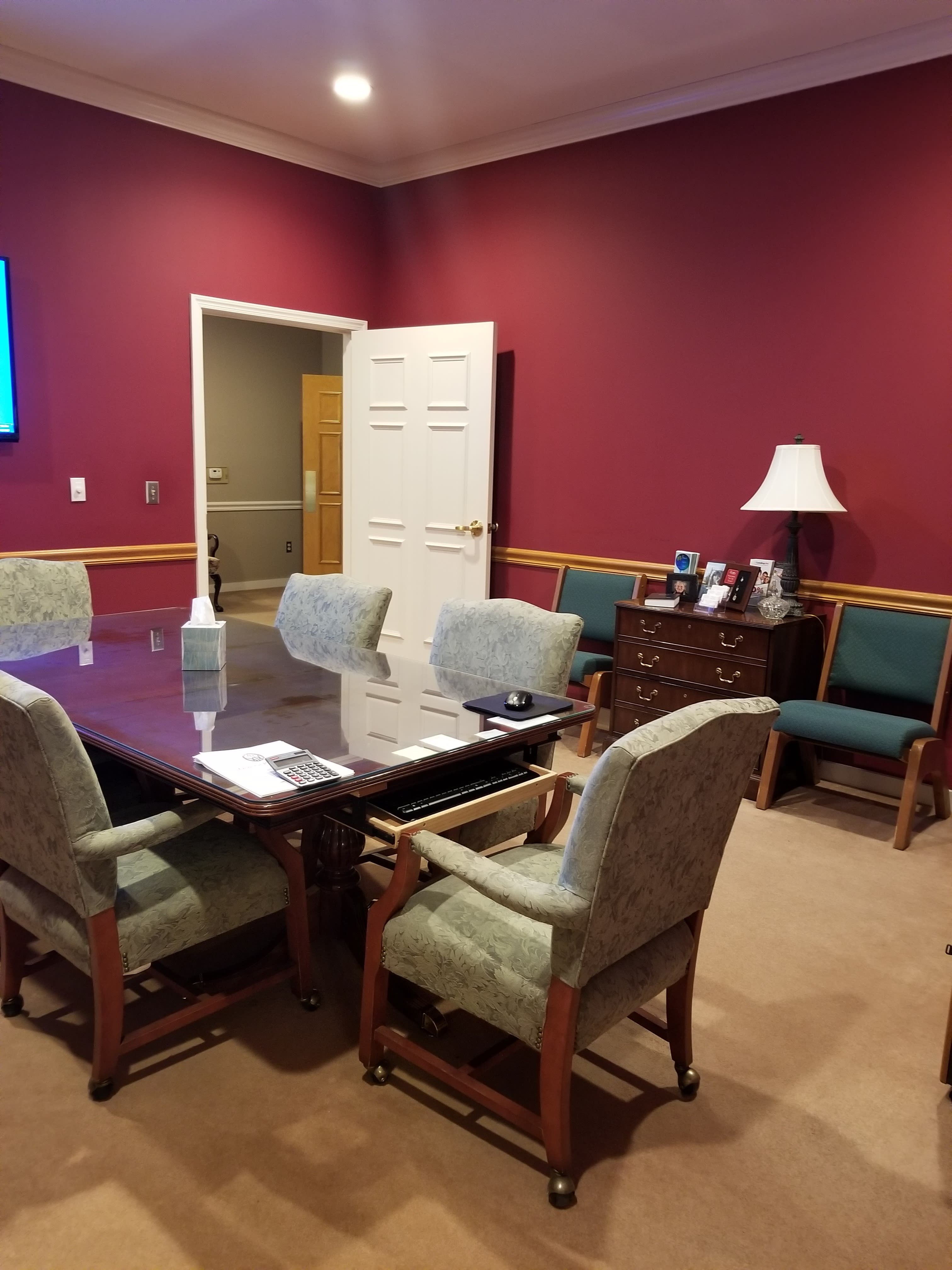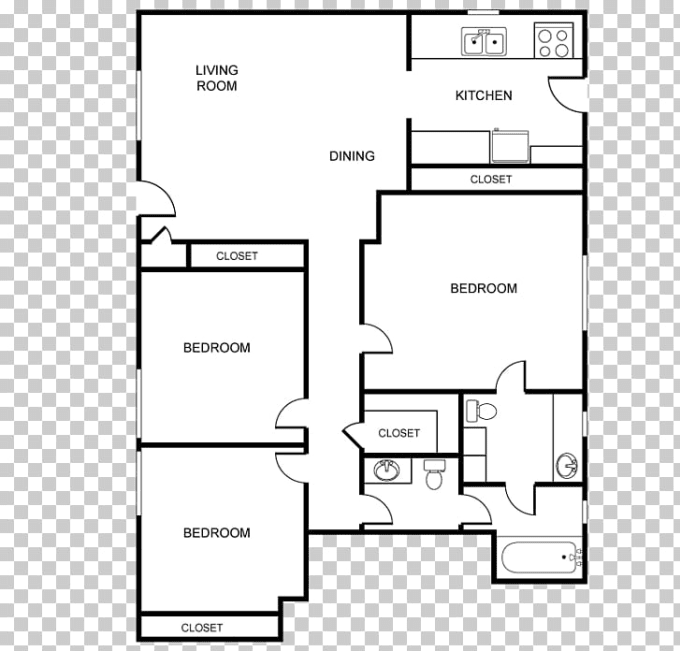

Go down = walk or drive down a hill or a road Go straight on = don’t turn left or right Go across = cross something, like a road or crossroads Go past = continue past something so that is is now behind you Lane = a small road, or a part of a road (the left-hand lane / the right-hand lane the bus lane) Use prepositions of direction Main road = a big road where there is lots of traffic Turning = a road off to your left or right Junction = where one road meets another, and you can either go left or rightįork in the road = where the road divides, and you decide to go left or right Tunnel = a road under (or through) mountainsĬrossroads = where two roads cross each other Pedestrian crossing = a place in the road where pedestrians can cross. Zebra crossing = black and white markings in the road for pedestrians to cross the road (the markings look like a zebra’s stripes) Overpass / flyover = a road that goes over another road (or railway) Underpass = a walkway that goes under a busy road so pedestrians can get to the other side safely There are barriers that go up and down to signal when a train is coming Level crossing = where the road and railway meet. Taxi rank = a place where taxis queue for passengers They can also be parts of the road system. These can be places in a town, such as cinema, bank, bus stop, etc. We often make reference to landmarks when we give directions to help the other person. “Go on for about (2 minutes / 100 metres).” Landmarks “Take the first turning / road / street on your left / right.” (Turning = road that goes left or right) “Go across the roundabout.” (Roundabout = where all the cars go round a circle in the middle of the road) “Go straight on at the lights / when you come to the crossroads.” (Lights = traffic lights crossroads = where two roads cross) Maybe you’re helping a driver, or someone who stops you to ask for directions. Here are some useful words and phrases for giving directions on the street. “It’s easier if I can show you on the map…” The person who helps you often says how near or far the place is: I’m looking for the Number 6 bus stop.” Giving directions Where’s the nearest (post office) please?” How do I get to (the railway station) please?” To make it sound like a question, make your voice go up on “me”. There are also phrases for giving directions to other people who ask you for help.

These warnings are largely based on reports from other users.If you’re in a new town or city and you want to know where a place or building is, these are useful phrases for asking for directions. Although we do not condone speeding, the speed trap warning might give you time to double-check and ensure you are obeying all traffic laws when approaching a police officer. This includes a verbal warning when certain hazards are approaching, such as stalled cars on the road, debris in the road, and even speed traps ahead.

A blue beacon of light shows the direction you’re facing, while a compass in the lower right corner shows which way North is, allowing you to reorientate yourself as needed.Īnother great feature that is integrated into the application is the road hazard alert. If, somehow, you do manage to get lost, you can see which direction you are facing or traveling by opening the app.

In addition to allowing users to customize their traveling preferences to avoid ferries, tolls, and/or highways and allowing for multiple stopping points to be added to the directions, Google Maps has several other useful features that can make your trips easier as well as faster. In order to dismiss the message and stay on your preferred route, you must click the “no” button, which many people strongly oppose as dangerous to do while driving.
#DIRECTIONS HOME DRIVER#
The message given to users indicates that Google has found a quicker route and is redirecting the driver to that.
#DIRECTIONS HOME UPDATE#
This can be frustrating to some users, as they may have intentionally chosen another path, but Google will automatically update in close to real time while they are driving. When you initially request directions from Google Maps, it will respond with a map showing what it determines is the quickest way for you to arrive at your destination.Īlthough you can see other predetermined routes on the app and can select an alternative route to initialize your trip, you cannot prevent Google from continuing to “suggest” the original route that it determined was best. The feature is integrated into the app and is the default setting for choosing a route. One of the most interesting facts about the “fastest route” feature in Google's Maps application is that it is impossible to completely dismiss from use.


 0 kommentar(er)
0 kommentar(er)
